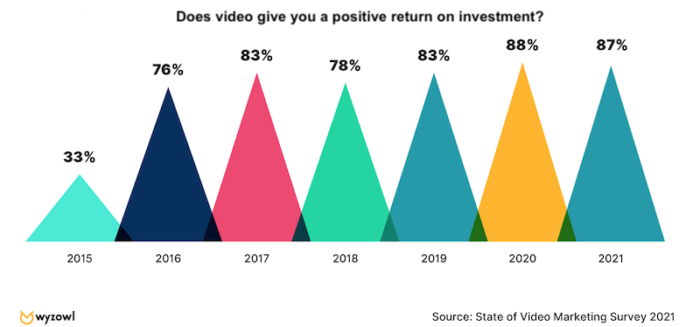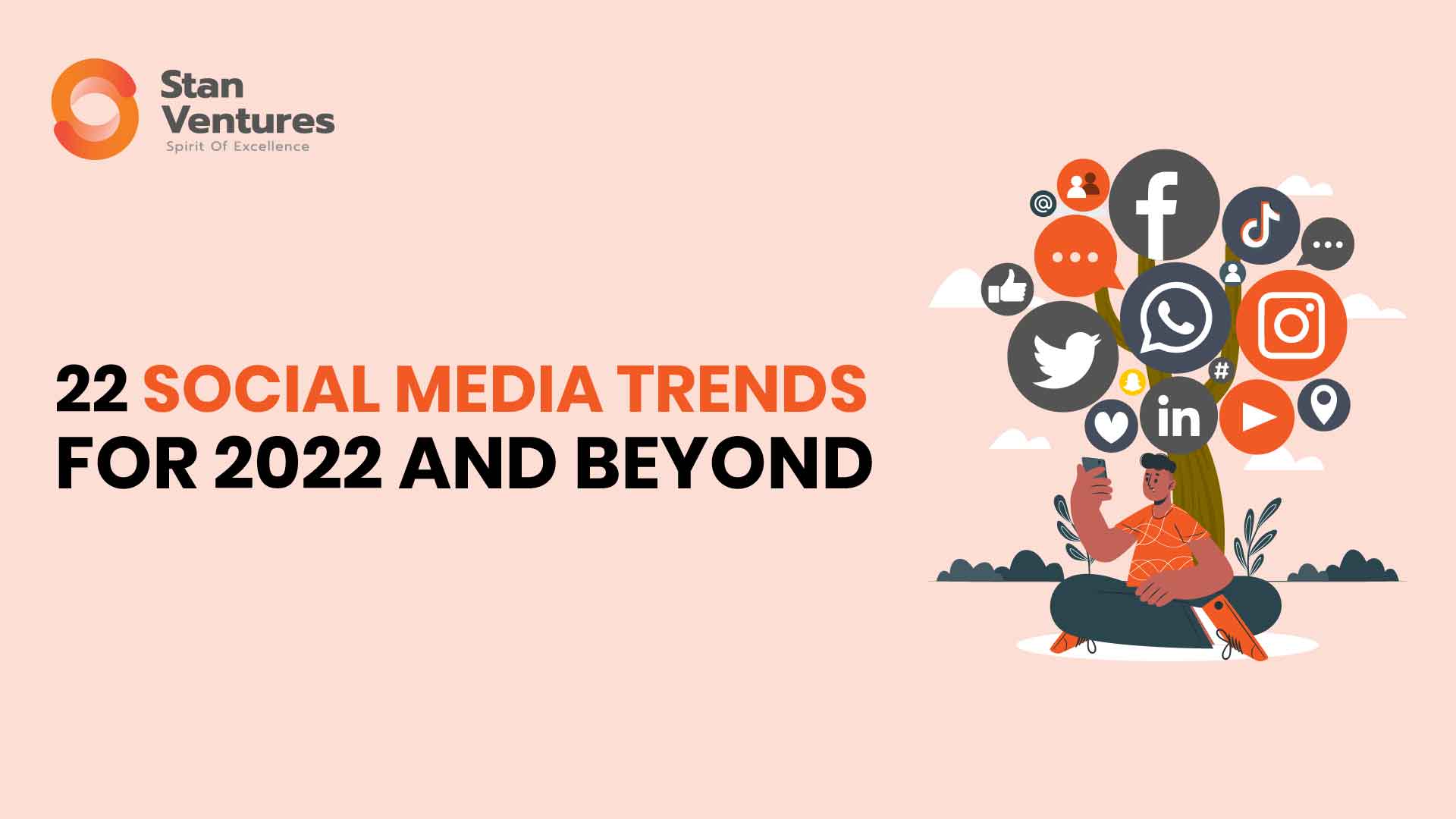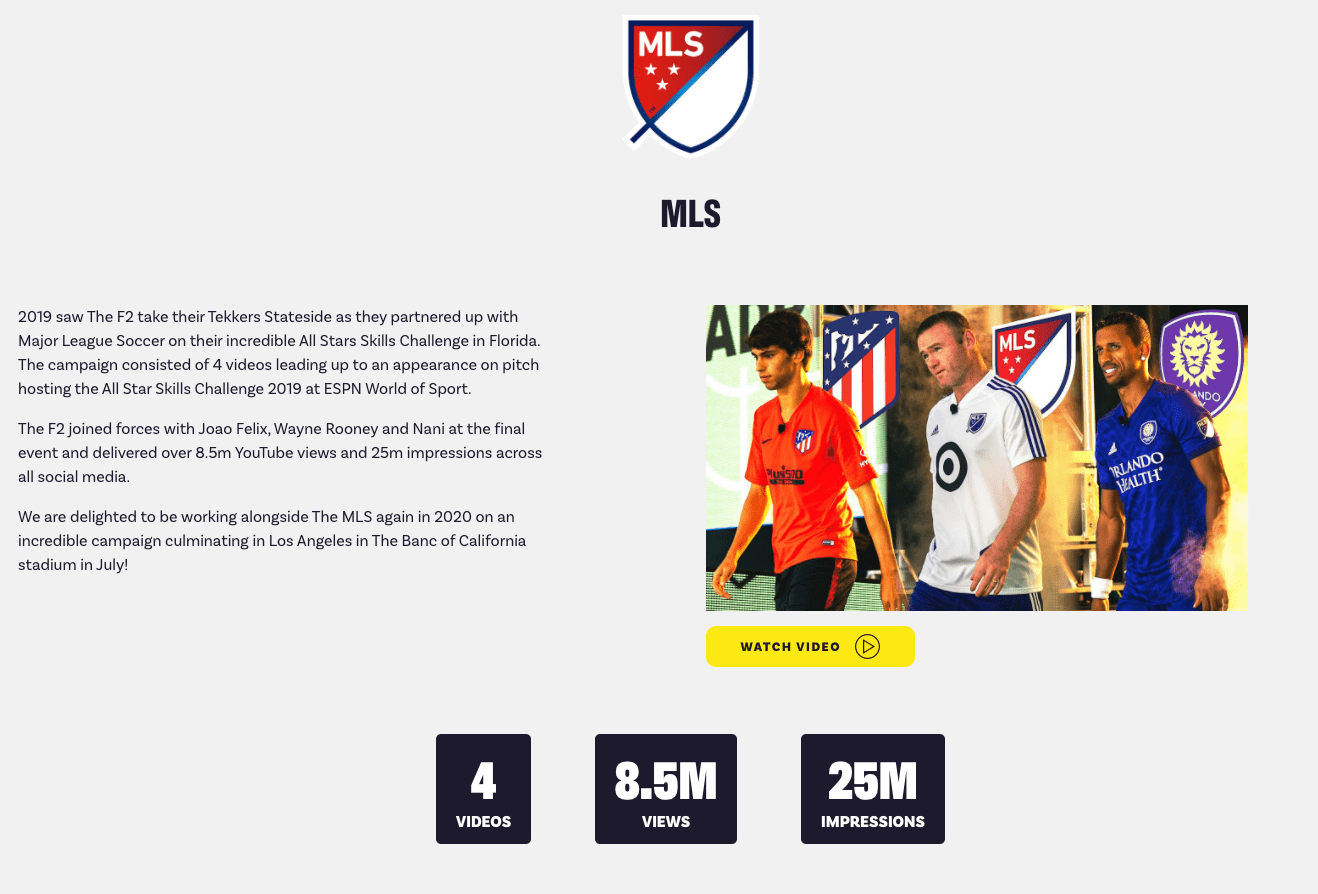
You might be unsure of where to start with content marketing. Here are some examples of inbound-marketing that have been successful. UGC (user-generated material), influencers, leads magnets, and content that utilizes consumer psychology are some of the most effective examples. These are just a few examples of the many methods that can be used to your advantage. You'll be able to create an improved inbound marketing campaign by following these tips.
UGC
UGC can be used to increase customer engagement. Instead of relying only on brand ads, this kind of content is generated from readers. UGC can be used by the company to encourage greater loyalty from its most passionate supporters. Customer advocacy programs, for instance, can be a powerful way to encourage UGC from more targeted brand advocates. This type of content allows the brand to tap into the unique experience of its most passionate fans.
User-generated content
Numerous benefits are associated with user-generated contents. These user-generated content have many benefits. They provide organic content at a high quality and increase brand credibility. Coca-Cola had a viral contest where viewers were asked to share a drink with their friends. The contest quickly became a global hit. The campaign used pictures and videos, which have higher share rates than other content.

Lead magnets
Lead magnets, which are pieces of valuable content that are exchanged in return for contact information (email address, name) in content marketing, are valuable pieces. Lead magnets are a powerful way to generate leads that can be used in marketing campaigns. Lead magnets help companies build brand awareness and credibility by offering real value to potential customers. Here are some examples of lead magnetic examples that will help you understand how they can enhance your marketing efforts. Lead magnets can be integrated into your content marketing strategy to improve SEO rankings and increase traffic.
Using influencers
Influencers are a great way to promote content marketing. This method is proven to be a good way to promote ecommerce shops and can also work well for content-forced campaigns. Because they can create interest in your products, influencers are invaluable. They can also be a great way for niche buyers to be reached. To get the best results, influencers must be connected to your brand and engaged.
Using data
Using data in content marketing is becoming increasingly important for marketers, as the sheer volume of information available today makes consumers more discerning about what they see, read, and hear. You can use data to your advantage to gain valuable insights into your audience's needs and interests and tailor your content accordingly. Data-driven content marketing includes the use of data to create user profiles as well as highly-granular audience segments.

FAQ
What is the role and responsibilities of content strategists?
A content strategist can help you to understand what people are searching for online. They optimize your site for search engines and help you rank well. They create content for social media sites like Facebook and Twitter. They also create copy for blogs, advertisements, and websites.
A content strategist collaborates with a marketing team to help organize a plan for the company’s online presence. Content strategists may work on their own but often work in collaboration with the rest to ensure that each piece serves its purpose.
What is one of the main goals of content marketing?
Content marketing seeks to provide customers with relevant and valuable information. This can be done by various channels like email campaigns, whitepapers, or blog articles. Your audience should be able to see the value you are providing.
What is Content Strategist?
A content strategist is a person who helps brands tell stories. They create engaging messages that appeal to their audience and help them connect with them emotionally. They are storytellers that tell stories about brands to help people make decisions and then take action.
Content strategists understand how to engage potential and current customers. Data analytics and storytelling are used to create experiences that encourage consumers to shop in stores, purchase products, and then share the excitement with others online.
They know how to incorporate social media platforms into their campaigns. They are also skilled in using technology tools such video and virtual reality to provide powerful customer experiences.
A content strategist is responsible for translating these ideas into concrete plans that marketers can implement. This includes creating content for different channels (such as print or television), developing creative briefs, and managing budgets.
What's the difference among content creation and marketing?
Content marketing is a way to ensure that every brand has the same message. They provide valuable information that people need and want.
Content marketers know how to create the right content for each channel at different times.
They are also able to create a strategy for promotion and distribution.
They think strategically about their actions and the reasons they do them.
This is the core skill set needed to be a successful content marketer.
How many hours per week should content marketing take?
It all depends on what your situation is. There may not be a need for content marketing. Content marketing is not something you should do every day.
Statistics
- An example of an overarching goal could be: "In 2022, we want to achieve a 20% increase in revenue created by organic content and generate 15,000 MQLs with a budget of $30,000." (semrush.com)
- Progress indicators (0–100%) allow each team member to see how attainable each goal is and understand what remains to be accomplished. (semrush.com)
- According to our research, 65% of companies with very successful content marketing in 2021 ran content audits at least twice a year. (semrush.com)
- To further show the importance of this, 89% of people have stopped doing business with a company because of a poor experience. (neilpatel.com)
- Seventy-two percent business to business (B2B) (mailchimp.com)
- According to research compiled by Coschedule: Companies that publish 16+ blog posts a month get as much as 3.5x as much traffic as those that publish 0-4 posts a month. (criteo.com)
- Content marketing produces 3X more leads per dollar spent. Content marketing costs 62% less than traditional marketing. (criteo.com)
- In fact, would pay more for a better customer experience, and 86% of B2B buyers would pay more. (neilpatel.com)
External Links
How To
Informationgraphic creation tips to help with content marketing
Infographics are a powerful way to simplify complicated concepts, and make information easier to understand. You should use infographics to spread the message about content marketing.
To create an infographic, Adobe Illustrator or Photoshop is required. These programs are great for creating infographics. Once your design has been created, you can start uploading images from Unsplash/Pixabay to incorporate into it.
Look online for inspiration to create your own infographics. To show how many calories certain foods have, you can use a picture of a pyramid to illustrate this. You could also replace the numbers with images of the food. Or, you might choose to look up how much sugar is in soda pop and change that number to a picture of a bottle of Coke.
Once you have created your infographic it is possible to share it via social media channels like Facebook, Twitter and Google+. This helps people who aren't familiar with the concept learn about it. In order to make others see your infographic, use hashtags when you post it on social media. Users can follow conversations around specific topics using hashtags.
You can make infographics shorter if your posts are short. An average blog post can be anywhere from 2000 to 5000 words long, while an infographic only requires 500 to 1000 words. You can communicate more information in less space.
When designing your infographic, remember that some viewers may struggle to read small font sizes. Use large fonts, but don't overuse color in your infographics. Also, ensure all text is legible.
Here are some additional tips :
-
Select an Infographic Template. There are many free templates online. The most popular ones include Canva, Piktochart, and Google Slides.
-
Your Infographic is ready. Use the template to create your infographic. Any media you choose is acceptable for your audience. An example of this is a infographic that shows the best restaurants in Seattle.
-
Add text. After creating your infographic, add text with Microsoft Word, PowerPoint, and Canva.
-
Add Images. Add images to an infographic. These images could be photos, charts, graphs or icons. If you wish to include a picture, ensure it is relevant.
-
Make It Interactive. You can add interactive elements, such as maps, buttons, and links. This will increase engagement with your audience.
-
Share. Share the infographic once you're done.
-
Measure. Your infographic's performance. Did they click through to your site? Did they sign up for your email list? Was their reaction to the infographic?
-
Improve. Do you think there are ways to improve your infographics Do you think your infographic could be better?
-
Repeat. Do it again.